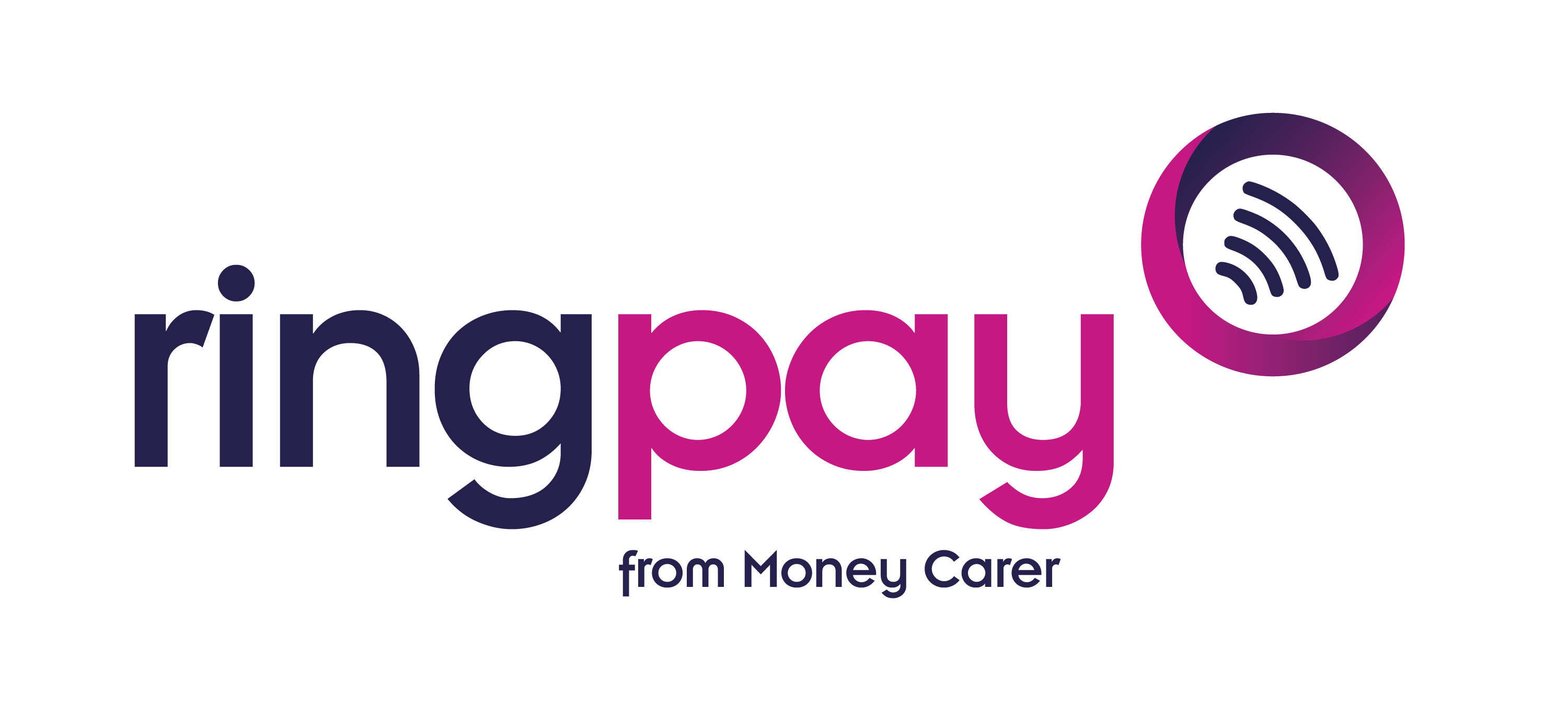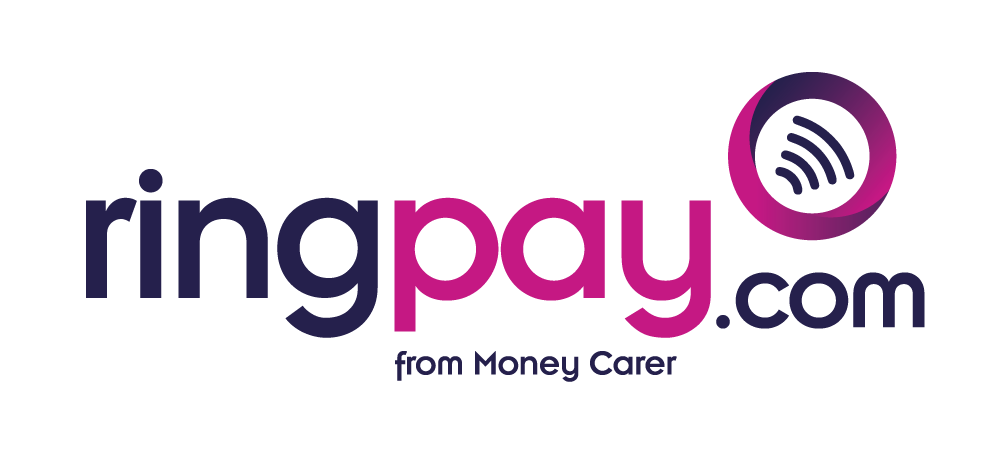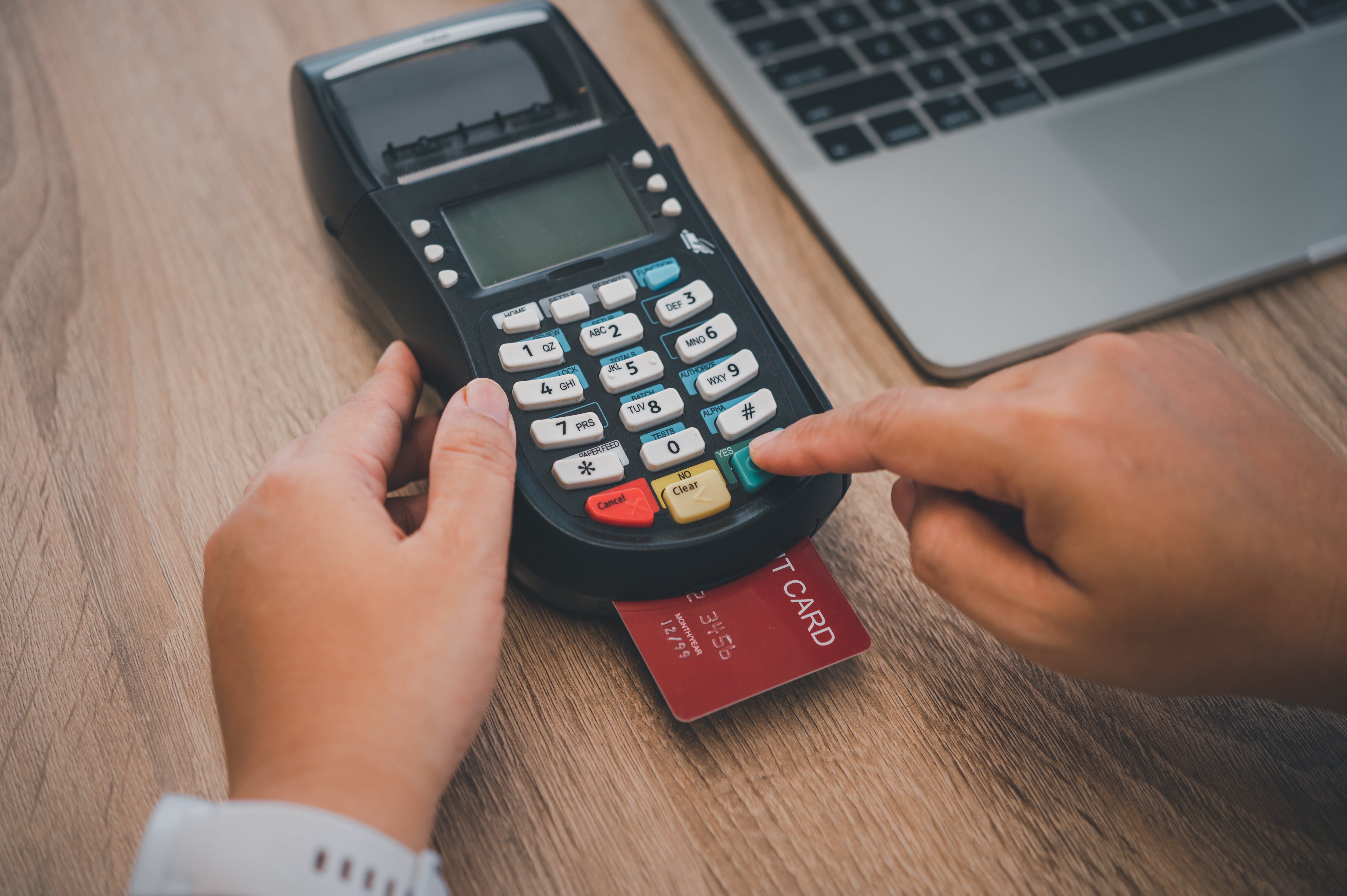RingPay didn’t start with a pitch deck or a flashy product idea. It started with a real problem: the people we support at Money Carer—people with disabilities, mental health challenges, and complex needs—were struggling with everyday payments.
Cards were getting lost. PINs forgotten. Transactions were a source of stress. So we asked ourselves: if the tools people are given don’t work for them, why not build something better?
That’s where the idea for RingPay came from.
We developed our first payment wearables to help clients in care settings manage their spending more easily. It worked. Not just technically—but practically. People were able to make small purchases without help. Carers didn’t have to hand over cards. Independence increased. So did confidence.
Then something unexpected happened.
People outside of our care network started asking if they could get the wearables too. Family members. Disability advocates. Everyday users who liked the convenience and design. That’s when we knew this wasn’t just a solution for a small group—it was something that could benefit anyone looking for simpler, more inclusive ways to pay.
So we built RingPay.com—a place where the public could access the same tools we developed for vulnerable clients.
What began as a banking solution for a specialist need has grown into a platform that’s improving lives far beyond our original audience. RingPay is now used by local authorities, the NHS, and individuals across the UK.
This isn’t just a product story. It’s a people story. And it’s only just getting started.



Share:
The Smart Way to Pay: Inside the Tech Behind RingPay’s Wearables
Born from Purpose: The Origins of RingPay and Its Social Mission